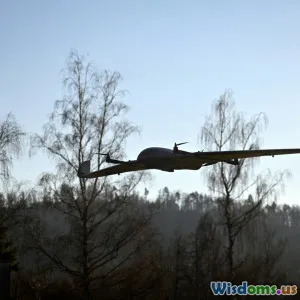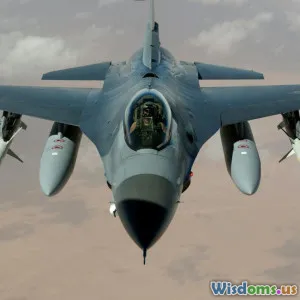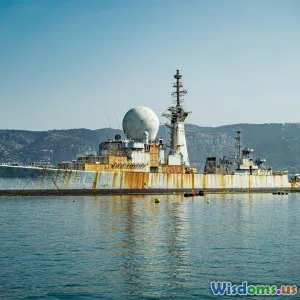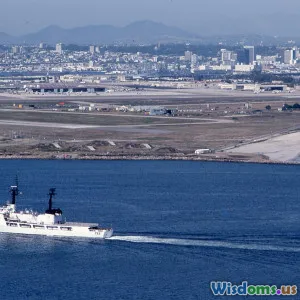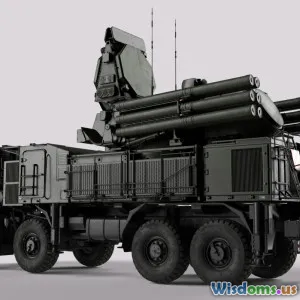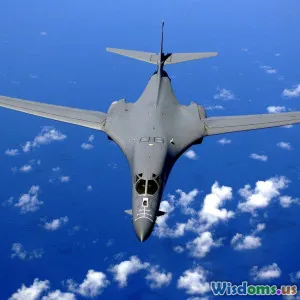
Ranking The Most Effective Missile Interceptors Of 2024
17 min read Explore the top-performing missile interceptor systems of 2024 ranked by effectiveness, innovation, and combat readiness. (0 Reviews)
Ranking The Most Effective Missile Interceptors Of 2024
In a world where the balance of power is often measured in the sky, modern missile interceptor technology stands as the frontline defense against airborne threats. The sophistication of offensive missile systems has spurred a global race for superior defense, resulting in remarkable advances. In 2024, several missile interceptor systems have surged ahead, setting new standards for accuracy, adaptability, and survivability into an increasingly complex threat environment.
From warzones in Eastern Europe to military exercises in the Pacific, missile interceptors have not only saved lives but also redefined military doctrines. This article ranks and examines the most effective missile interceptor systems of 2024, using insight from live combat data, technological breakthroughs, and expert assessments.
Iron Dome: Israel's Resilient Protector
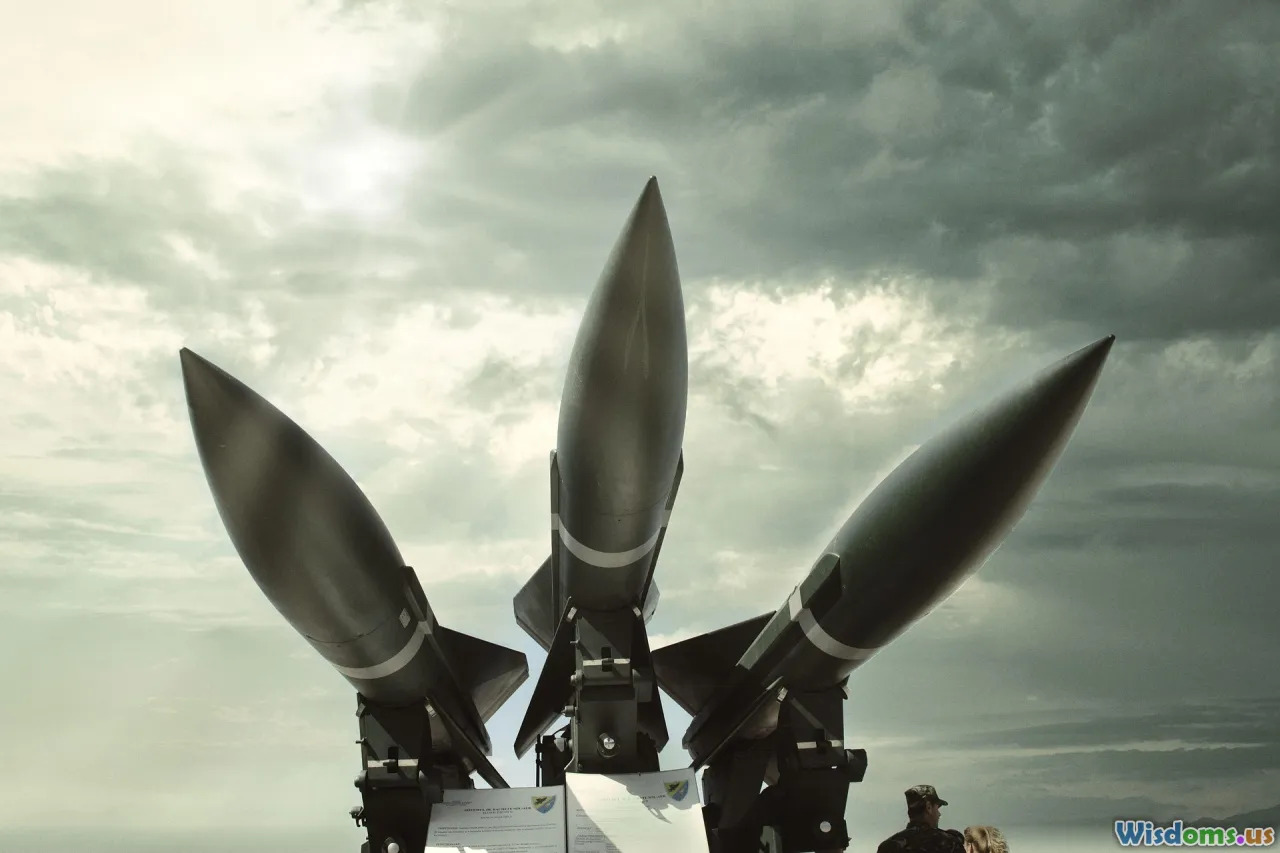
No discussion about missile interception in 2024 is complete without spotlighting Israel’s Iron Dome. Designed to counter short-range threats, it has demonstrated exceptional operational reliability and remains a blueprint for layered defense worldwide.
Youth & Ubiquity in Action
Since its inauguration in 2011, Iron Dome has intercepted more than 5,000 rockets—its relevance surged anew in 2023 and 2024 amid escalations. Over the last year, it has faced saturated barrages—overwhelming quantities of rockets fired simultaneously—with successful interception rates ranging between 85% and 95%, according to the Israel Defense Forces (IDF). This resilience in high-saturation attacks, especially intercepting inexpensive, mass-produced threats, is what cements its status at the top.
Tech Highlights
- Dual-radar tracking: Rapidly detects and discriminates between rockets headed toward populated areas and those destined for open fields, conserving resources.
- Tamir Interceptor Missiles: Compact, agile, and cost-effective, Tamirs have a reach of 4–70 km, with programmable proximity fuzes.
Lessons for the World
Countries facing intense rocket fire—such as Ukraine, South Korea, and Saudi Arabia—have signaled interest in, or are testing, similar multi-layered systems. While the Iron Dome is most effective against crude, short-range weapons, its record shows layered interception saves lives and assets, emphasizing the necessity of a rapid, automated response network.
THAAD: The High-Altitude Sentinel
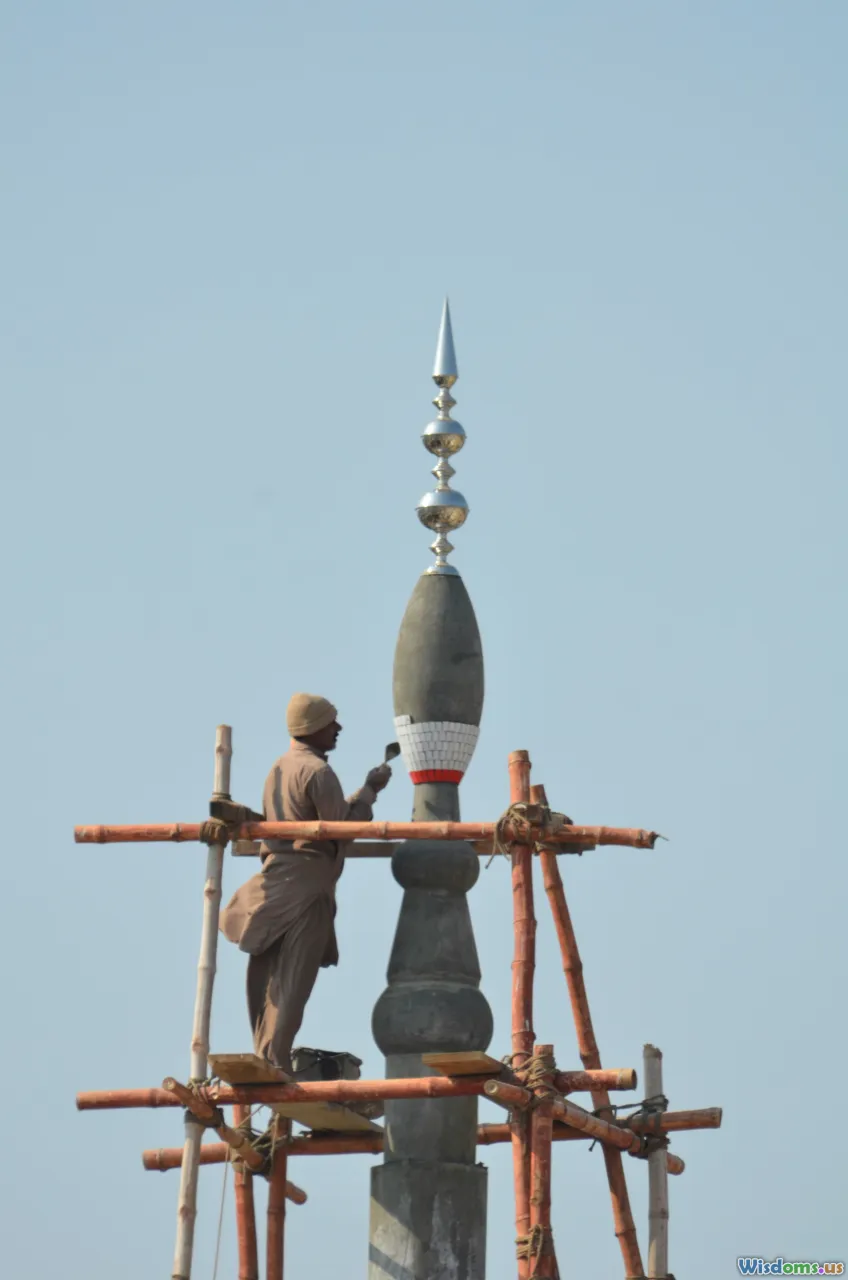
Terminal High Altitude Area Defense (THAAD), deployed by the United States and allies like South Korea and the UAE, is designed for high-altitude, exoatmospheric interception of short- and medium-range ballistic missiles. Its ability to engage targets both within and outside the Earth's atmosphere gives it strategic depth.
Modernization and Combat Readiness
THAAD’s latest 2024 upgrades include new seeker algorithms capable of handling complex decoys and maneuverable reentry vehicles (MaRVs). These enhancements prove vital as more adversaries develop hypersonic glide vehicles (HGVs), which challenge traditional interception methods.
During recent missile tests in the Indo-Pacific, THAAD units intercepted mock IRBMs (Intermediate Range Ballistic Missiles) with a 95% success rate, according to the U.S. Missile Defense Agency. Real-time combat deployment near the Korean Peninsula in early 2024 offered live fire experience, strengthening allied deterrence and response ability.
Differentiators
- Hit-to-kill technology: Kinetic impact destroys threats without explosives, minimizing collateral damage.
- Integrated C2 (Command & Control): Seamlessly operates with Aegis, Patriot, and allied systems for multi-layered coverage.
Regional Security Implications
As North Korea and Iran persist with missile development, THAAD’s forward deployment is seen not just as a tactical advantage but a strategic political tool in contributing to regional stability and reassuring allies.
Aegis Combat System: Naval Shield Evolved

The Aegis Combat System, operated primarily on U.S. and Japanese warships, underscores the growing role of naval missile interception. Central to Aegis’s potency is the Standard Missile-3 (SM-3) family, which has become a mainstay in exoatmospheric missile defense.
Lessons from the Red Sea
Since late 2023, the Red Sea has witnessed drones and ballistic missile launches targeting both naval and merchant vessels. U.S. Navy destroyers using Aegis & SM-2/SM-6 missiles have reportedly intercepted dozens of incoming projectiles as per CENTCOM's operational updates—demonstrating the flexibility required for 21st-century missile defense. Notably, Aegis systems integrate air, surface, and ballistic missile defense, providing a real-time defensive mesh across a vast theater.
Technological Advancements in 2024
- SM-6 Dual-II Missiles: Greater speed and enhanced seeker capabilities for intercepting advanced maneuvering threats.
- Open systems architecture: Future-proofs against evolving threat types, such as hypersonics and swarms.
Comparative Strengths
Aegis remains matchless in rapid, multi-domain integration—combining anti-air, anti-ship missile, and anti-ballistic missile defense on a single platform. Its export success (with Japan, South Korea, Australia) reflects global confidence in its naval-centric layered approach.
S-400 Triumph: Russia's Multi-Layered Guardian

The Russian S-400 Triumf, continuously upgraded, occupies a unique place in the missile defense hierarchy. With claimed interception abilities against everything from cruise missiles to tactical and even some ballistic missile threats, the S-400 offers an advanced, scalable ground-based network.
2024 in Ukraine and Ongoing Lessons
Deployed throughout Russian-controlled territories and exported widely (India, Turkey), the S-400 reportedly shot down various aerial threats—drones, aircraft, and cruise missiles—during 2023-2024. Ukraine’s employment of smaller missile swarms and decoys, however, exposed gaps in the S-400's engagement capacity under heavy saturation and EW (electronic warfare) interference. Still, performance remains formidable against isolated targets.
Key System Traits
- 4-tier missile arsenal: Can launch four different missiles ( 40N6, 48N6, 9M96E2, and 9M96E), engaging threats at ranges from 2 to 400 km.
- Advanced phased array radars: Detect stealth and low-flying objects; adaptive in jammed environments.
Operational Impact
While criticism surrounds its effectiveness under NATO-grade jamming, the S-400’s overall versatility and depth—it can create "no-fly zones" over hundreds of kilometers—makes it a powerhouse, particularly for states seeking layered, multi-purpose defense architectures.
PAC-3 MSE: The All-Around Contender

Lockheed Martin’s Patriot PAC-3 MSE (Missile Segment Enhancement) exemplifies the modern trend toward universal, high-mobility interceptors. While older Patriot generations struggled against maneuvering ballistic targets, the PAC-3 MSE update, operational with more than 14 nations, dwarfs its predecessors.
Proven In Combat
Since its mass deployment in Ukraine and Saudi Arabia, the PAC-3 MSE has intercepted ballistic, cruise, and drone threats of various kinds. After May 2023, Ukraine’s use of the PAC-3 MSE demonstrated interception capabilities even against Russian Kinzhal aero-ballistic missiles—an event that surprised much of the global defense community.
System Features
- Expanded engagement zone: Thanks to powerful two-pulse motors, it counters ballistic missiles far outside urban areas.
- “Hit-to-kill” technology: Targets are destroyed by impact—no explosives necessary, leading to precise, contained neutralization.
User Perspective
For many U.S. allies and partners, PAC-3 MSE is the default for high-performance, fast-reaction mobile defense. Its interoperability with THAAD and NATO's integrated air defense systems (NATINAMDS) ensures global reach and redundancy.
HQ-19: China’s Emerging Challenge

China’s rapid ascension in advanced missile technology is embodied in the HQ-19 system. Primarily designed for anti-ballistic missile roles, HQ-19 is sometimes compared to U.S. THAAD for its high-altitude engagement capabilities.
Growing Capabilities
Through multiple real-life tests since 2021, as highlighted in 2024 Chinese state media, the HQ-19 displayed reliable interception of simulated ballistic and even limited space-borne threats, hinting at a possible anti-satellite (ASAT) role.
Edge Features
- Long-range phased array radar: Tracks up to hundreds of targets simultaneously; difficult for saturation attacks to overwhelm.
- Integration initiatives: China is merging air defense, early warning radars, and satellite cueing onto its missile shield, strengthening its robustness against diverse threats.
Strategic Implications
China’s publicized successes with HQ-19 send a political signal, reinforcing deterrence against adversaries while demonstrating export potential. As Beijing expands its network, neighbors are pushed to upgrade their own interception capacities, placing the region on the cutting edge of defense tech rivalry.
David’s Sling: Intercepting the In-Between

Operating alongside Iron Dome and Arrow-3, Israel’s David’s Sling provides a bridge in its multi-layered missile defense, defending against threats too advanced for Iron Dome but not warranting Arrow's exoatmospheric reach.
Combat Debut & Enhancements
In the tumultuous environment of 2024 Southern Israel, David’s Sling successfully intercepted medium-range rockets and tactical ballistic missiles launched from hundreds of kilometers away. Its revolutionary Stunner interceptor—equipped with dual-mode seekers—makes it a standout, even compared to traditional U.S. solutions.
System Attributes
- Multi-mission: Intercepts aircraft, drones, and cruise missiles as well as advanced ballistic threats.
- Networking: Rapid digital command and control with seamless data sharing between defense layers, ensuring comprehensive sky coverage.
Export Readiness
Recent European interest (notably Finland’s 2023 purchase) earmarks David’s Sling as a top candidate for countries seeking adaptable defenses for both conventional and hybrid conflicts.
Arrow-3 & Arrow-4: Pushing the Atmospheric Limit

Arrow-3 and the under-development Arrow-4 represent the summit of Israel’s missile defense pyramid. Arrow-3 offers warhead interception beyond the atmosphere—capable of neutralizing potential nuclear, chemical, or biological-armed missiles.
Updates for 2024
Recent joint U.S.-Israel tests recorded Arrow-3 intercepts against “more difficult and maneuverable” targets than ever before. The system’s exoatmospheric kill vehicle uses "hit-to-kill" physics and optional blast fragmentation for diversified intercept options. Early Arrow-4 prototypes, meanwhile, introduce multiple engagement per radar cycle and integration with new space sensors.
Values for Defense Planners
Arrow-3/4 is crucial in Israeli doctrine for defending against Iranian and regional adversaries’ long-range missile threats, holding particular resonance for national-level, high-stakes defense postures.
Korkut and Hisar: Turkey’s Homegrown Defenders
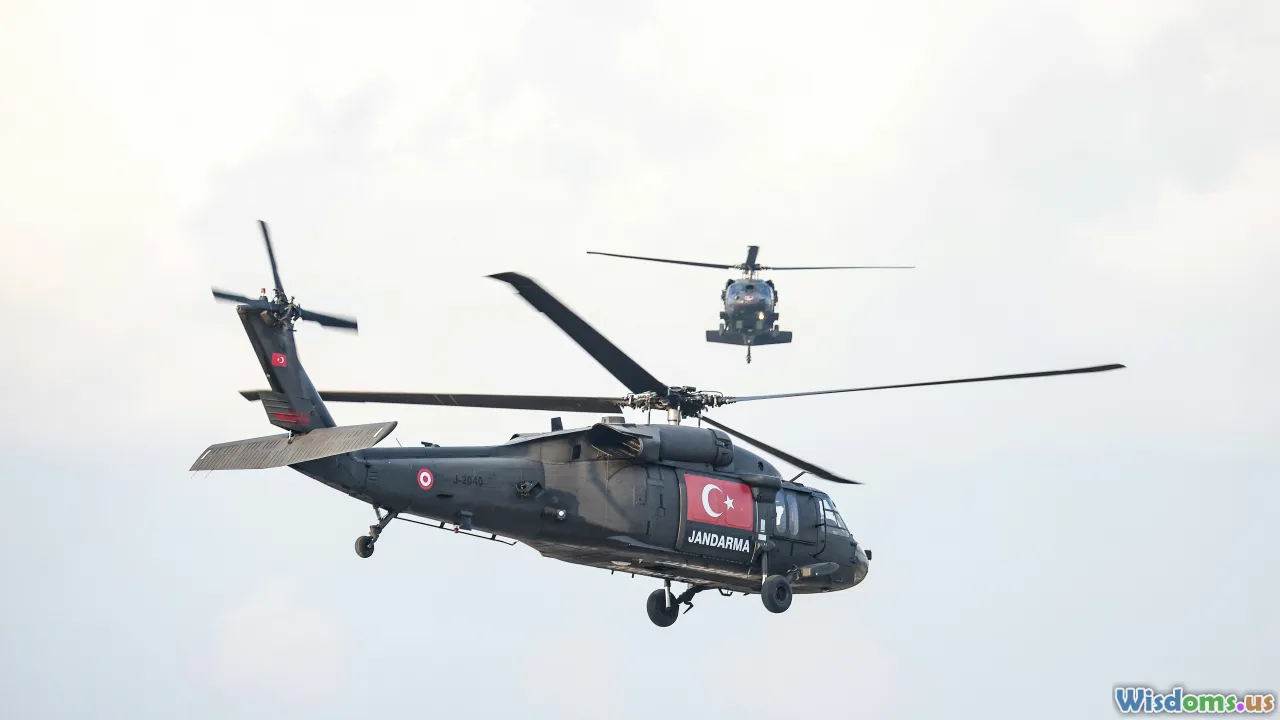
Turkey’s indigenous missile interceptors—Hisar-A/O and the Korkut self-propelled anti-aircraft gun—form the backbone of Ankara’s growing multi-layered SAM network.
Versatility in Modern Warfare
Fielded heavily along the Syrian border and in international arms exercises, Hisar and Korkut systems have effectively intercepted drones, low-flying aircraft, and smaller missile threats. Hisar-O+, in particular, marked a Turkish first by successfully shooting down tactical ballistic missile test targets in spring 2024, marking its inclusion among state-of-the-art systems.
Main System Features
- Modular design: Rapid deployment across difficult terrain.
- Network-centric architecture: Enables centralized wing-level command or fully autonomous deployment for each unit.
Strategic Impact
Combining moderate cost, technological independence, and export potential, Turkey’s initiatives offer a future template for nations aspiring to domestically developed, interoperable anti-missile systems.
Next-Gen Trends: Hypersonics, AI, and Networked Warfare

Looking beyond 2024, missile interception faces newer, unpredictable threats. Hypersonic weapons, swarms of drones, and techno-stealth features necessitate smarter, ultra-fast interceptors, fused with artificial intelligence.
Current Programs of Note
- GPI (Glide Phase Interceptor): The U.S. is developing GPI, expected to address hypersonic maneuverable threats in their glide phase, reportedly entering test deployment by late 2025.
- AI-driven targeting: South Korean LAMD (Low Altitude Missile Defense) and Japan’s radar fusion platforms employ real-time machine learning, greatly reducing intercept time and increasing threat-type differentiation.
Practical Preparedness
Future success in missile defense hinges on dynamic networked sensor fusion, secure redundant communications, and continuous system upgrades. Interoperability between layers and allies—ACHIEVED by initiatives like NATO IAMD and national defense "clouds"—ensure the broader defense umbrella is always optimized for emerging challenges.
With evolving technologies and shifting geopolitical realities, the missile landscape of 2024 serves as a testament to how adaptive, layered, and integrated interceptor systems save lives and redefine military power. For decision-makers, planners, and strategists, understanding these leading systems is not just about defense—it’s about maintaining equilibrium in an era where threats move at the speed of innovation.
Rate the Post
User Reviews
Popular Posts










